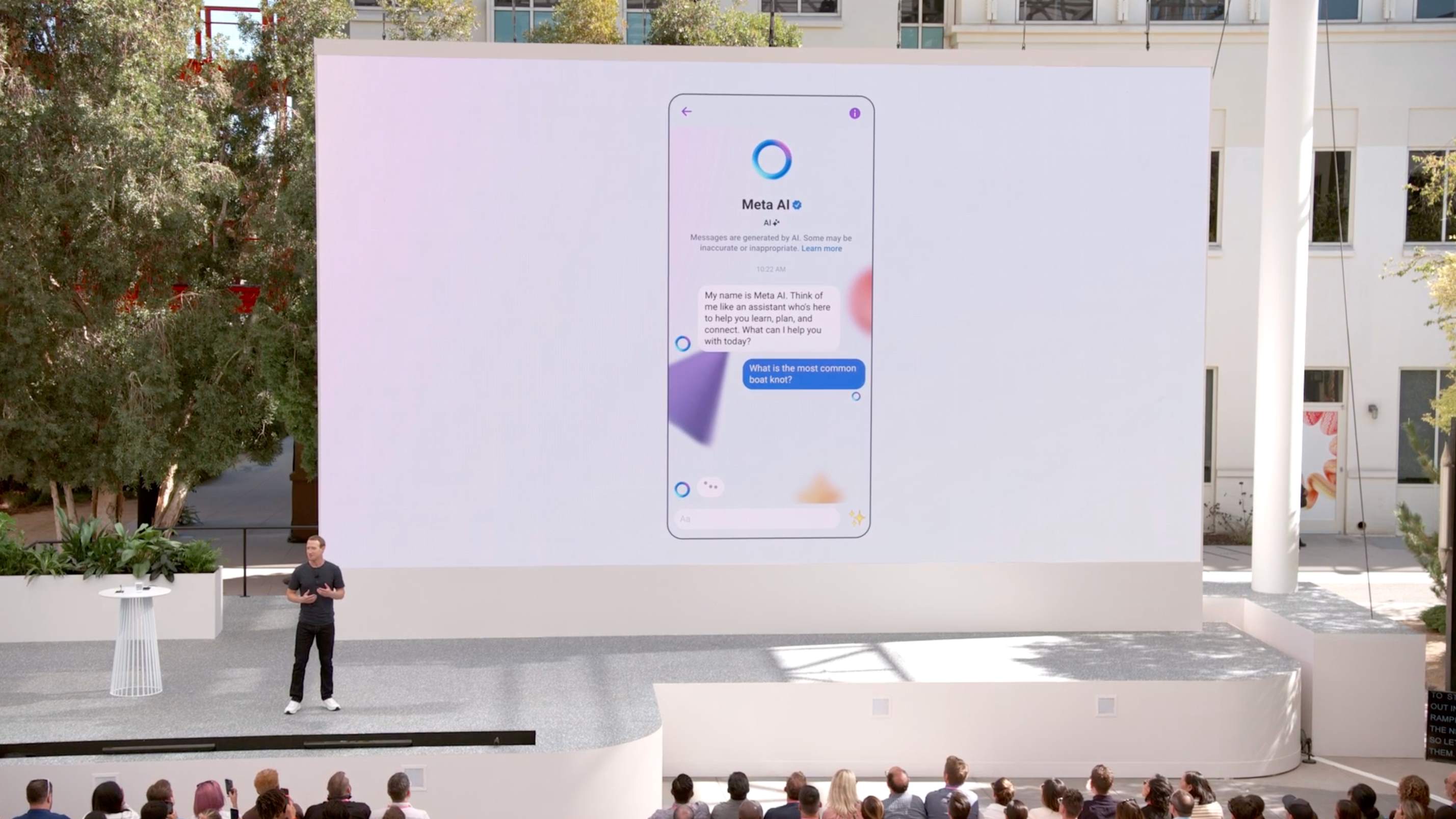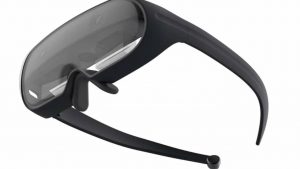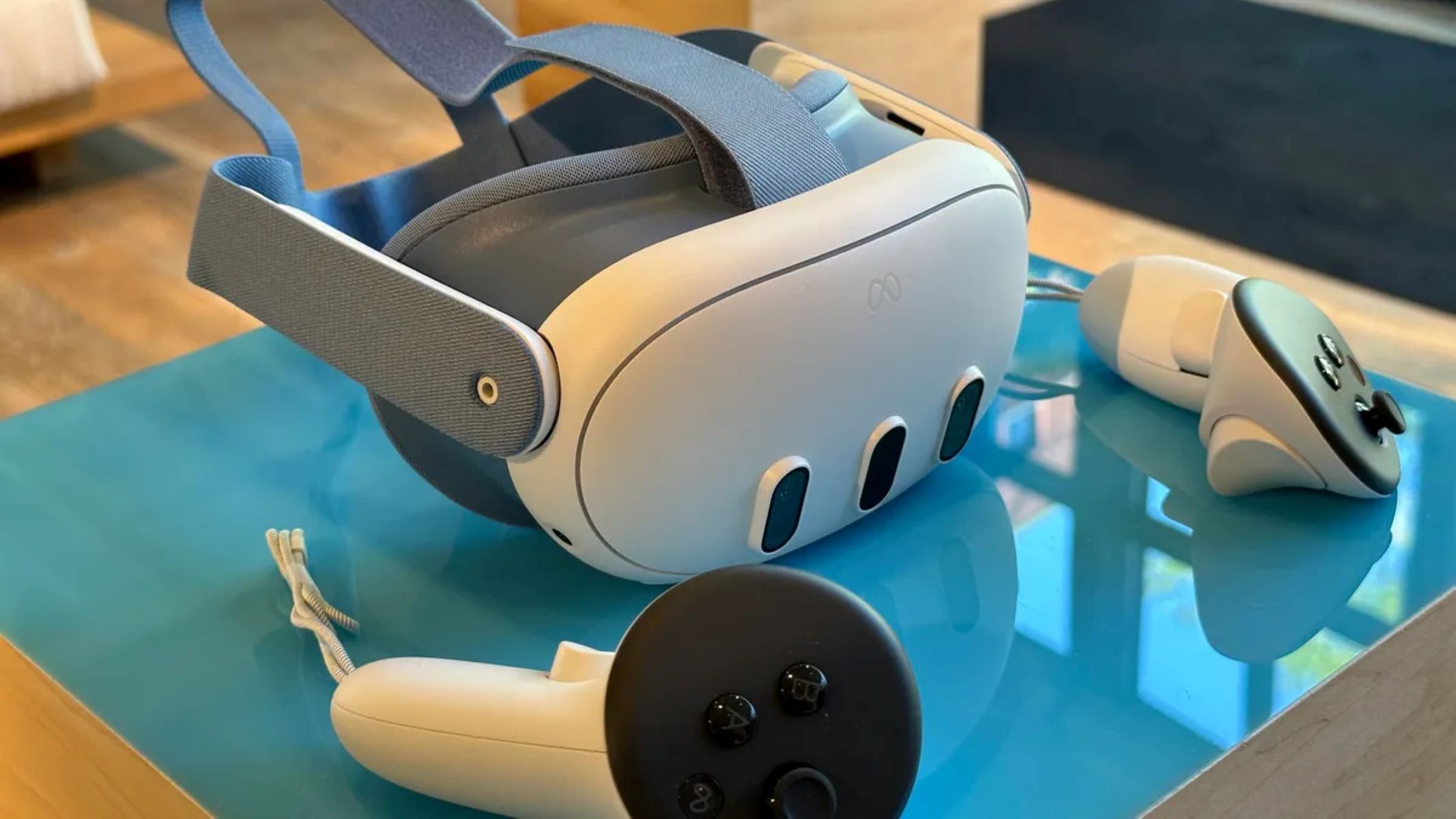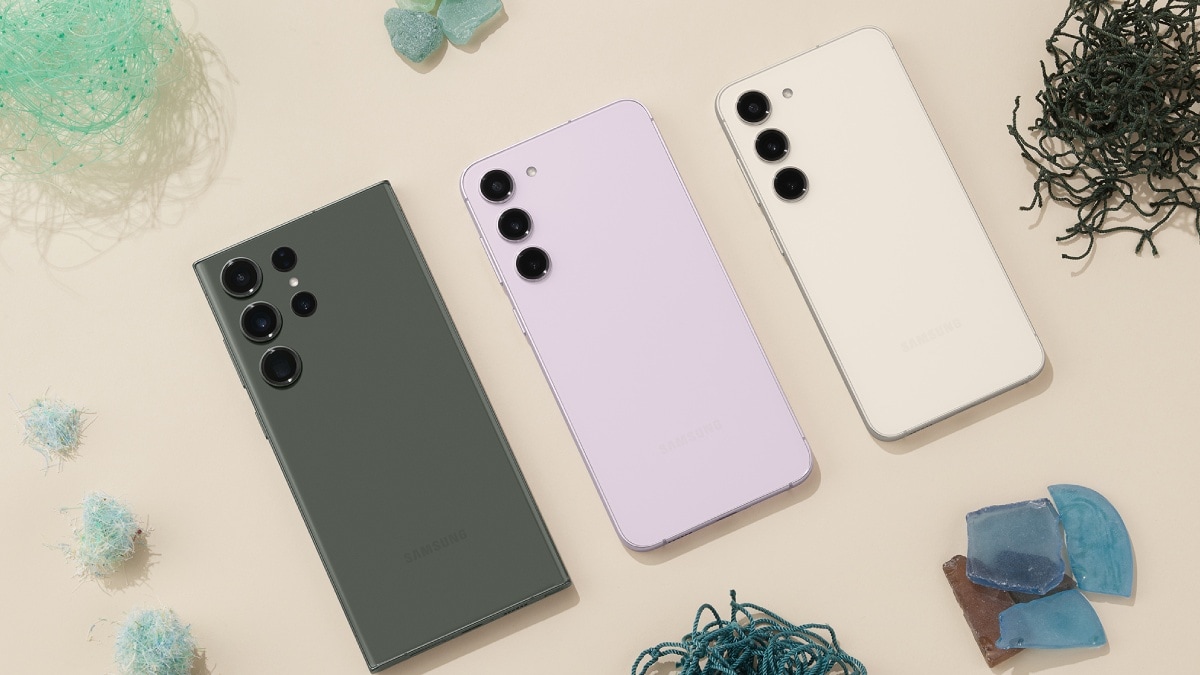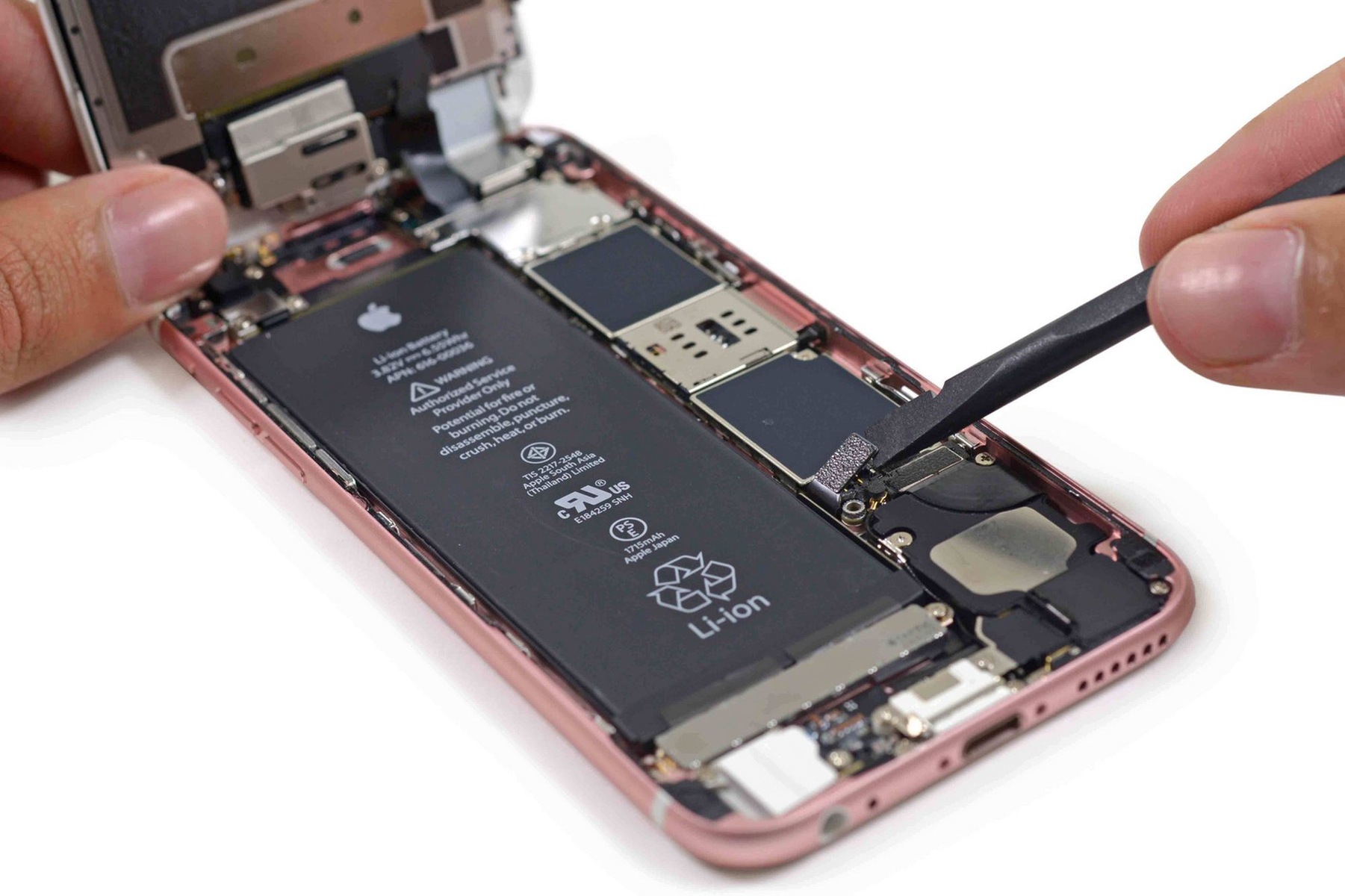In a timely launch coinciding with the debut of Meta’s Quest 3 VR goggles, Qualcomm has announced its latest chips designed for XR (extended reality) and AR (augmented reality) platforms. The company’s new offerings include the Snapdragon XR2 Gen 2 for VR and mixed reality devices, as well as the AR1 Gen 1, tailored specifically for smart glasses.
Key Takeaway
Qualcomm launches its next-generation chips, the Snapdragon XR2 Gen 2 and AR1 Gen 1, for XR and AR platforms. The new chips offer significant improvements in GPU and AI performance while prioritizing energy efficiency. The XR2 Gen 2 supports two 3k displays and multiple camera inputs, with low latency for mixed reality applications. Qualcomm aims to drive market accessibility and adoption by delivering affordable XR and AR devices.
Snapdragon XR2 Gen 2: A Premium Quality Upgrade
With the release of the XR2 Gen 2, Qualcomm has brought a much-awaited upgrade to its XR platform. Although speculations swirled regarding an XR3 launch, the company ultimately opted to stick with the XR2 branding. According to Qualcomm, the XR1 represents the “high quality” tier, while the XR2 represents the “premium quality” tier, leaving ample room for potential future tiers.
The XR2 Gen 2 boasts a 2.5x improvement in GPU performance and an impressive 8x improvement in AI performance, all while delivering greater energy efficiency. What’s more, Qualcomm has optimized the XR2 Gen 2 to power two 3k displays and handle inputs from up to ten cameras and sensors, providing a low 12ms latency for pass-through video in mixed reality applications.
The AR1 Gen 1: Fueling Smart Glasses Innovation
Qualcomm’s AR1 Gen 1 chip is tailor-made for smart glasses, catering to the needs of the rapidly evolving AR market. Notably, the company also unveiled the AR2 Gen 1 system on a chip at last year’s Snapdragon Summit, showcasing its commitment to advancing AR technology.
While the AR1 Gen 1 is intended for Google Glass-like standalone smart glasses with photo and video capture capabilities and one or two displays, the AR2 series takes things further. The latter encompasses a multi-chip architecture, built for immersive augmented reality glasses with support for six degrees of freedom and high-resolution displays, similar to Hololens.
Increasing Market Accessibility and Potential
According to Qualcomm, its XR chips currently power approximately 80 devices, spanning the gamut from VR to mixed reality. The company has observed significant traction in the consumer market, with applications ranging from gaming and fitness to social engagement and entertainment. Moreover, Qualcomm acknowledges the growing presence of its XR chips in the enterprise sector, facilitating applications in training, education, healthcare, and numerous other industries.
Hugo Swart, Qualcomm’s VP & GM of XR, emphasized the importance of making XR and AR devices accessible to a wider audience. Swart took a subtle jab at Apple’s expensive Vision Pro and custom-designed hardware, pointing out that affordability is crucial for widespread adoption. By ensuring affordability, Qualcomm aims to enable more people to experience the transformative capabilities of XR and AR technologies.










